Are Forget-Me-Nots Edible: Tips For Eating Forget-Me-Not Flowers
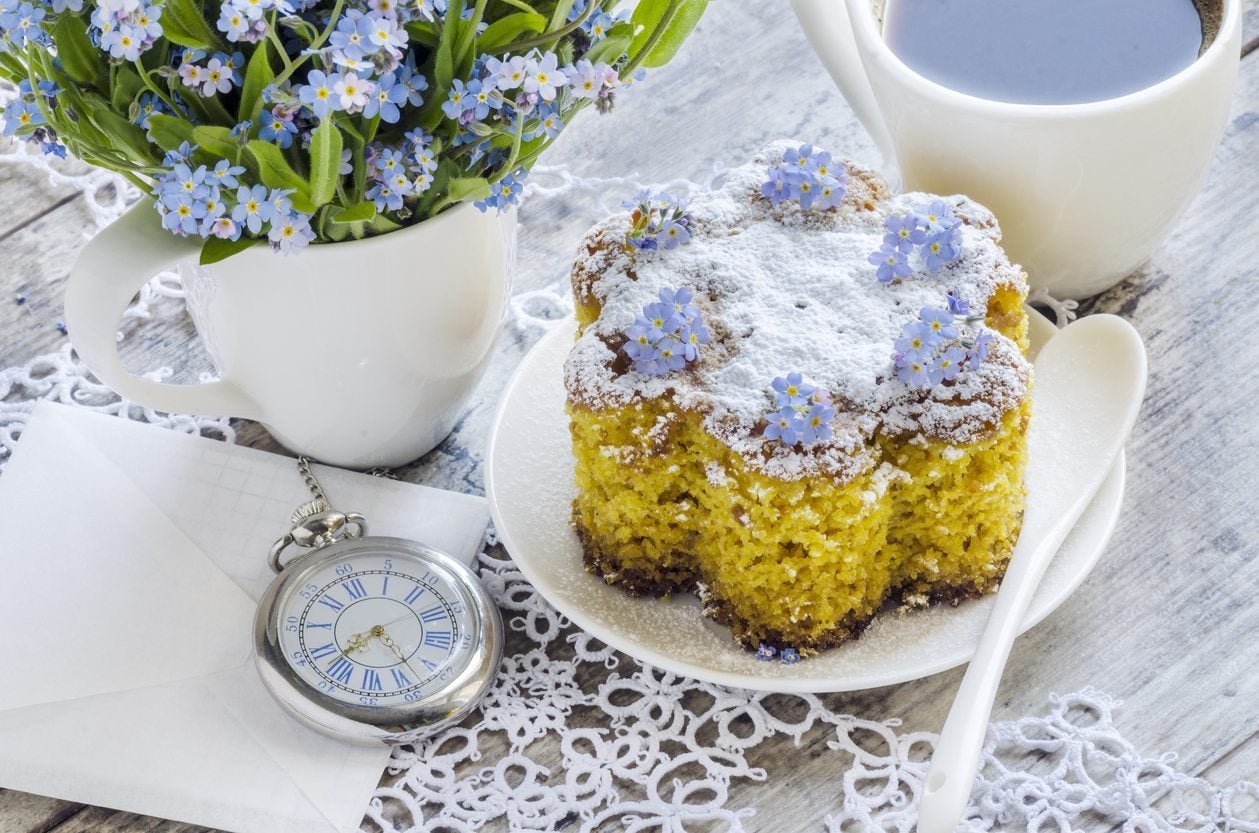
Do you have forget-me-nots in your landscape? These annual or biennial herbs are quite prolific; seeds can stay dormant in the soil for up to 30 years when on a whim they decide to germinate. Have you ever wondered "can I eat forget-me-nots?" After all, there are sometimes hundreds of the plants, or at least there are in my yard. Read on to find out if forget-me-nots are edible.
Can I Eat Forget-Me-Nots?
Yes, they are pretty with their sprays of tiny blue flowers, but I get so many of them invading the gardens, I tend to pull them out. I’m talking about ornamental forget-me-nots (Myosotis sylvatica). Turns out, maybe I should think about harvesting and eating forget-me-not flowers because the answer to "are forget-me-nots edible," is yes.
About Edible Forget-Me-Nots
Ornamental forget-me-nots (M. sylvatica) are indeed edible. They grow in USDA zones 5 through 9. If you are sure that no pesticides have been used, they add nice color to salads or even baked goods and make excellent candied blossoms. That said, they do contain some pyrrolizidine, a mildly toxic chemical that, if ingested in any great quantity, can cause harm. M. sylvatica species are really the most edible of the forget-me-nots and will likely cause no problems with either children or pets ingesting them. However, another variety called the Chinese forget-me-not (Cynoglossum amabile), and the broadleaf forget-me-not (Myosotis latifolia) are considered mildly toxic to grazing animals eating these types of forget-me-nots. Chinese forget-me-not, also called hound’s tongue for its fuzzy leaves, is not actually a forget-me-not but rather a look alike. Both plants grow up to 2 feet (61 cm.) in height, are considered invasive in some states, and are common pasture weeds found in USDA zones 6 through 9. Disclaimer: The content of this article is for educational and gardening purposes only. Before using or ingesting ANY herb or plant for medicinal purposes or otherwise, please consult a physician or a medical herbalist for advice.
Gardening tips, videos, info and more delivered right to your inbox!
Sign up for the Gardening Know How newsletter today and receive a free copy of our e-book "How to Grow Delicious Tomatoes".

Amy Grant has been gardening for 30 years and writing for 15. A professional chef and caterer, Amy's area of expertise is culinary gardening.
-
 Looking For Plants To Give You The Soft And Fuzzies? Try These 5 Fuzzy Leaf Plant Options
Looking For Plants To Give You The Soft And Fuzzies? Try These 5 Fuzzy Leaf Plant OptionsLovers of texture, drama, silver foliage and tactile plants will adore these special sensory garden additions. These fuzzy leaf plant options will leave you all aglow
By Susan Albert
-
 Get Ready For A Summer Of Hummers! Grow These Full Sun Hummingbird Plants and Flowers
Get Ready For A Summer Of Hummers! Grow These Full Sun Hummingbird Plants and FlowersIf you’re lucky enough to enjoy a sunny backyard, make sure you are maxing out on your pollinator opportunities and grow these full sun hummingbird plants and flowers
By Tonya Barnett
-
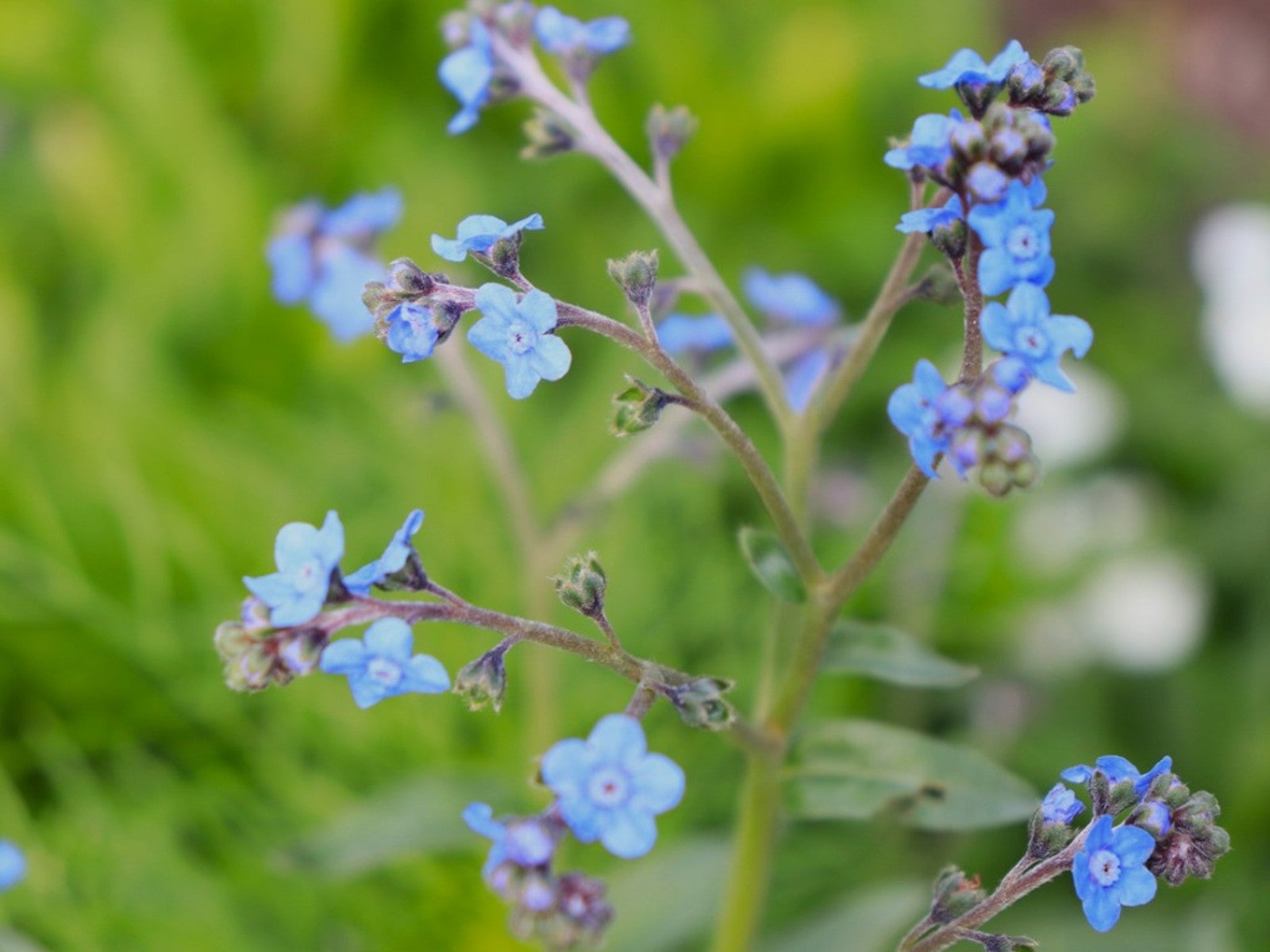 Chinese Forget-Me-Not Care And Characteristics
Chinese Forget-Me-Not Care And CharacteristicsChinese forget-me-nots make beautiful accents in the garden, but they can be invasive. Learn more about this pretty little plant.
By Mary Ellen Ellis
-
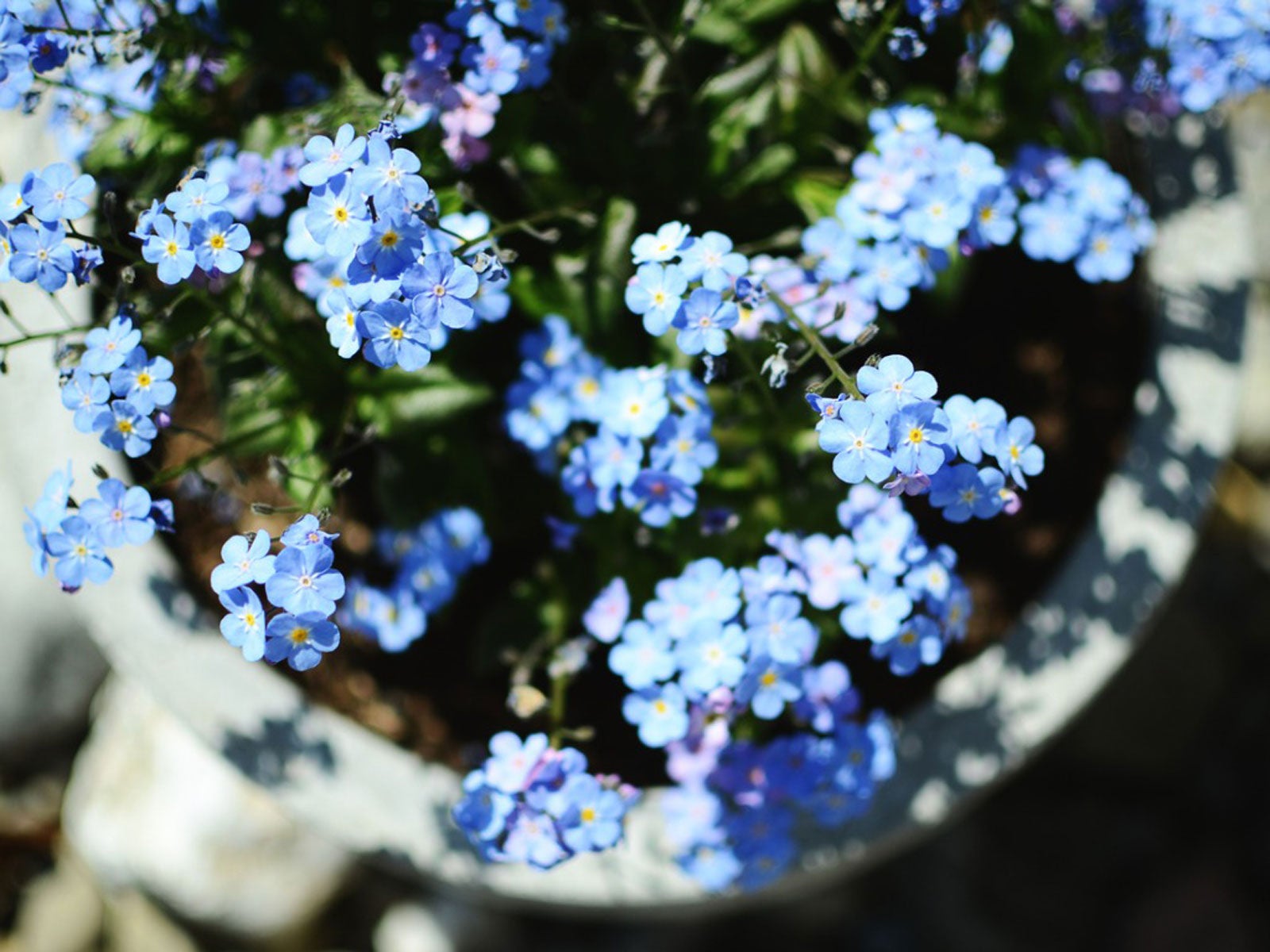 Forget-Me-Nots As A Houseplant – Growing Forget-Me-Nots Inside
Forget-Me-Nots As A Houseplant – Growing Forget-Me-Nots InsideIt is definitely possible to grow forget-me-nots as a houseplant, either during the winter or year round. Click this article to learn how.
By Mary H. Dyer
-
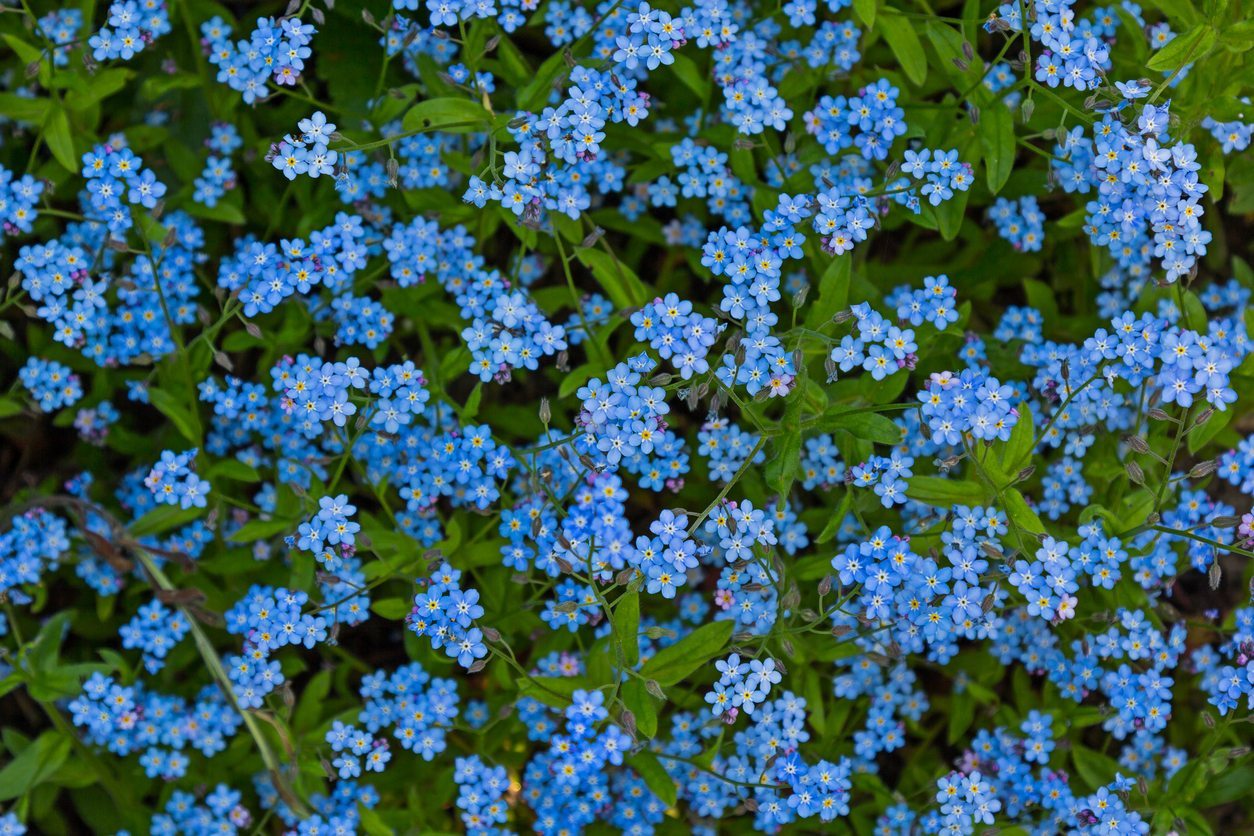 My Forget-Me-Nots Won’t Bloom: How To Fix A Forget-Me-Not With No Flowers
My Forget-Me-Nots Won’t Bloom: How To Fix A Forget-Me-Not With No FlowersForget-me-nots are iconic flowers in the garden and easy enough for even the beginning gardener to see a lot of success in a short time. Unfortunately, they can also be fussy if they're too far out of their comfort zone and may refuse to flower. Click here to learn more.
By Kristi Waterworth
-
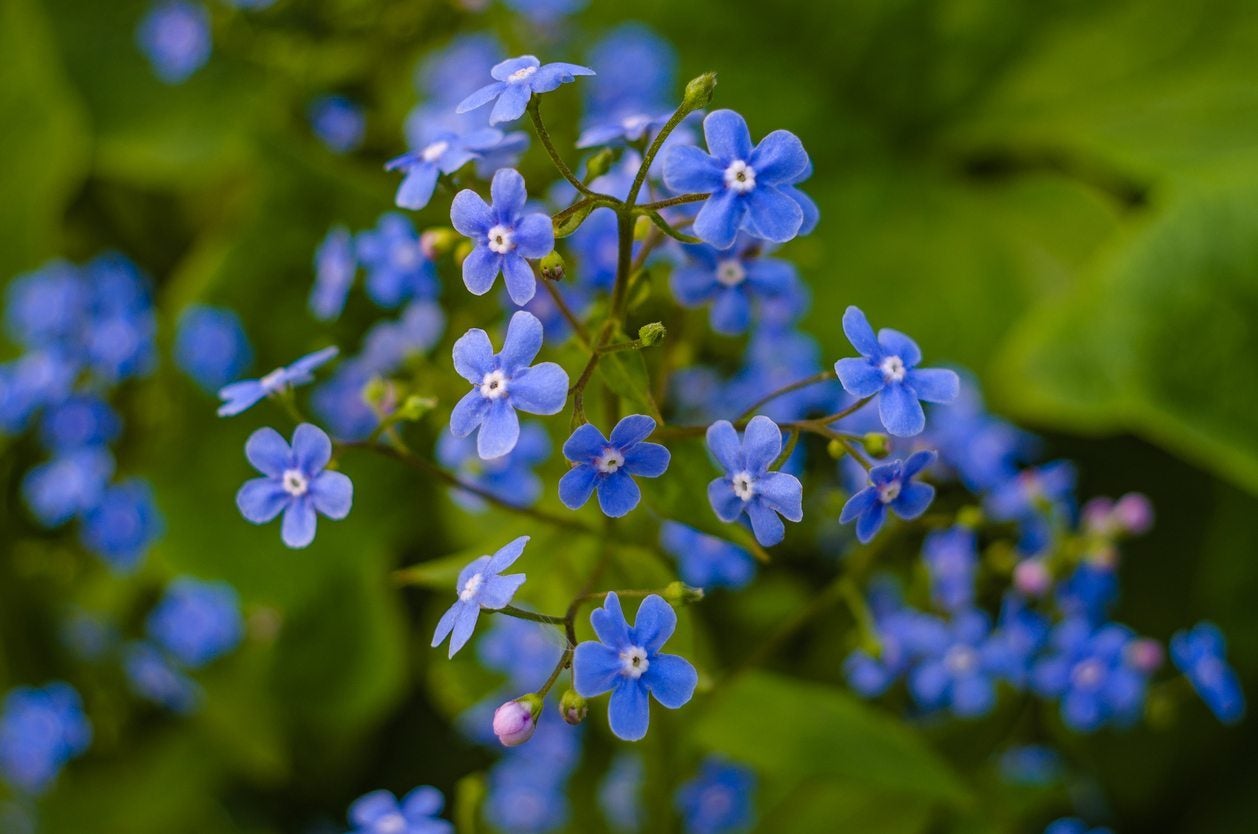 Forget-Me-Not Troubles: Problems With Forget-Me-Nots In Gardens
Forget-Me-Not Troubles: Problems With Forget-Me-Nots In GardensGrowing forget-me-nots can be a walk in the park if you know what signs of danger to be on the lookout for. Even though these plants have few problems, there's always a risk of fungal disease or insect pests, so use this article for help with common forget-me-not problems.
By Kristi Waterworth
-
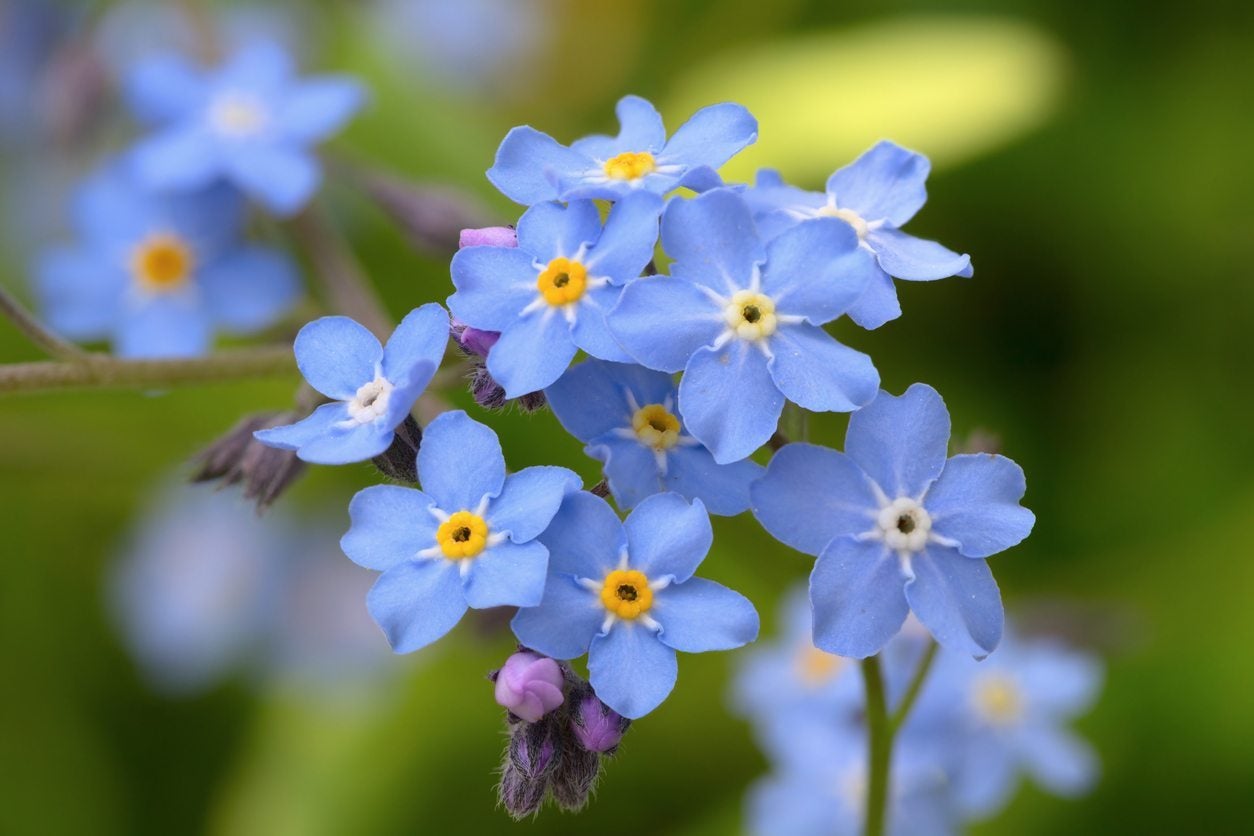 Dividing Forget-Me-Nots: Should Forget-Me-Nots Be Divided
Dividing Forget-Me-Nots: Should Forget-Me-Nots Be DividedShould forget-me-nots be divided? This really depends upon what variety you are growing. If your plant comes up every year in the same spot, it is likely a perennial; but if the plant seems to migrate and multiply in other areas, it is the self-seeding annual. Learn more here.
By Bonnie L. Grant
-
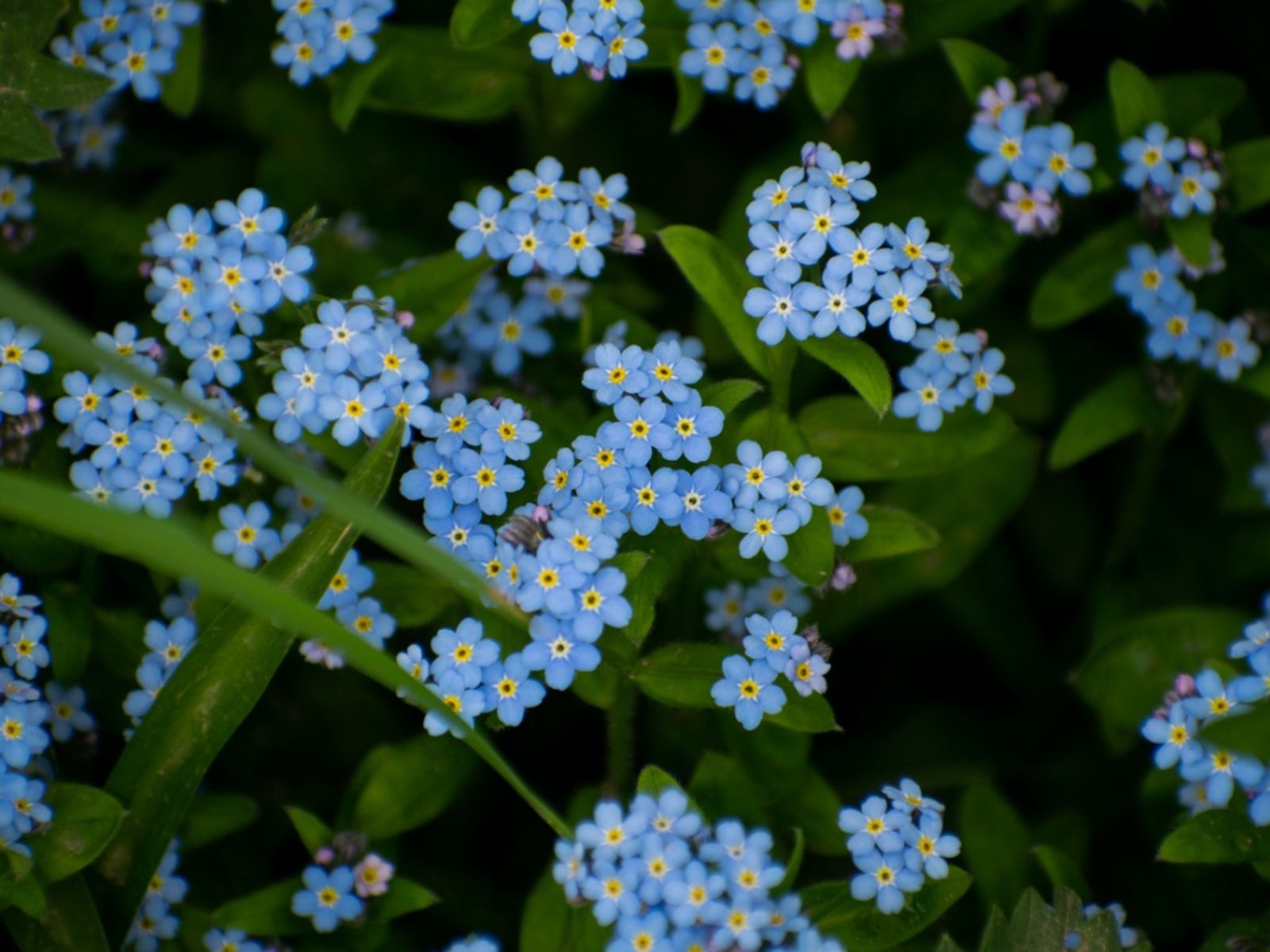 Forget-Me-Not Companions: Plants That Grow With Forget-Me-Nots
Forget-Me-Not Companions: Plants That Grow With Forget-Me-NotsThe forget-me-not is a popular and pretty late spring to early summer bloomer beloved by gardeners. The flowers don't last long, though, so you need to know what forget-me-not companions will grow well with them and provide continuous blooms. Learn more here.
By Mary Ellen Ellis
-
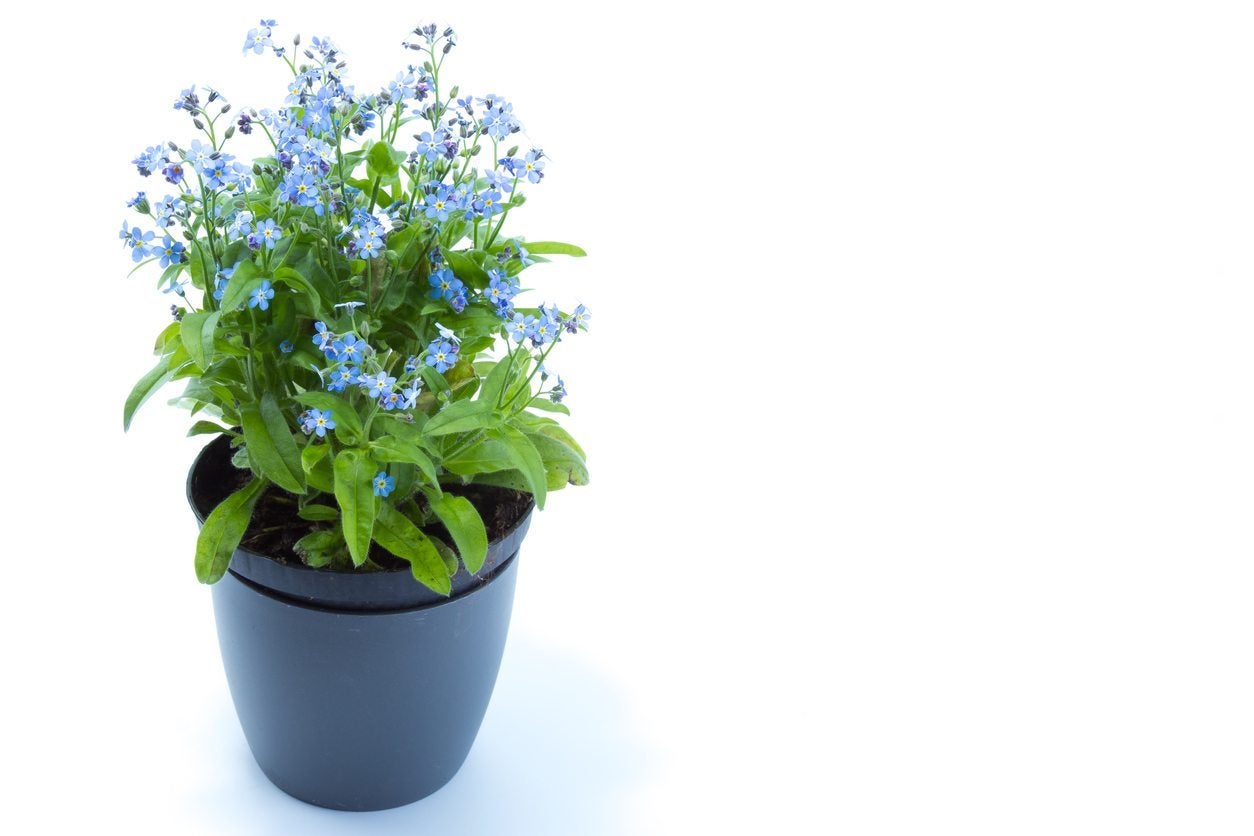 Potted Forget-Me-Not Care: Growing Forget-Me-Not Plants In Containers
Potted Forget-Me-Not Care: Growing Forget-Me-Not Plants In ContainersGrowing forget-me-not in a pot is not the typical use for this pretty little perennial, but it is an option that adds some visual interest to your container garden. Use containers if you have limited space or if you want to grow the plant indoors. Learn more here.
By Mary Ellen Ellis
-
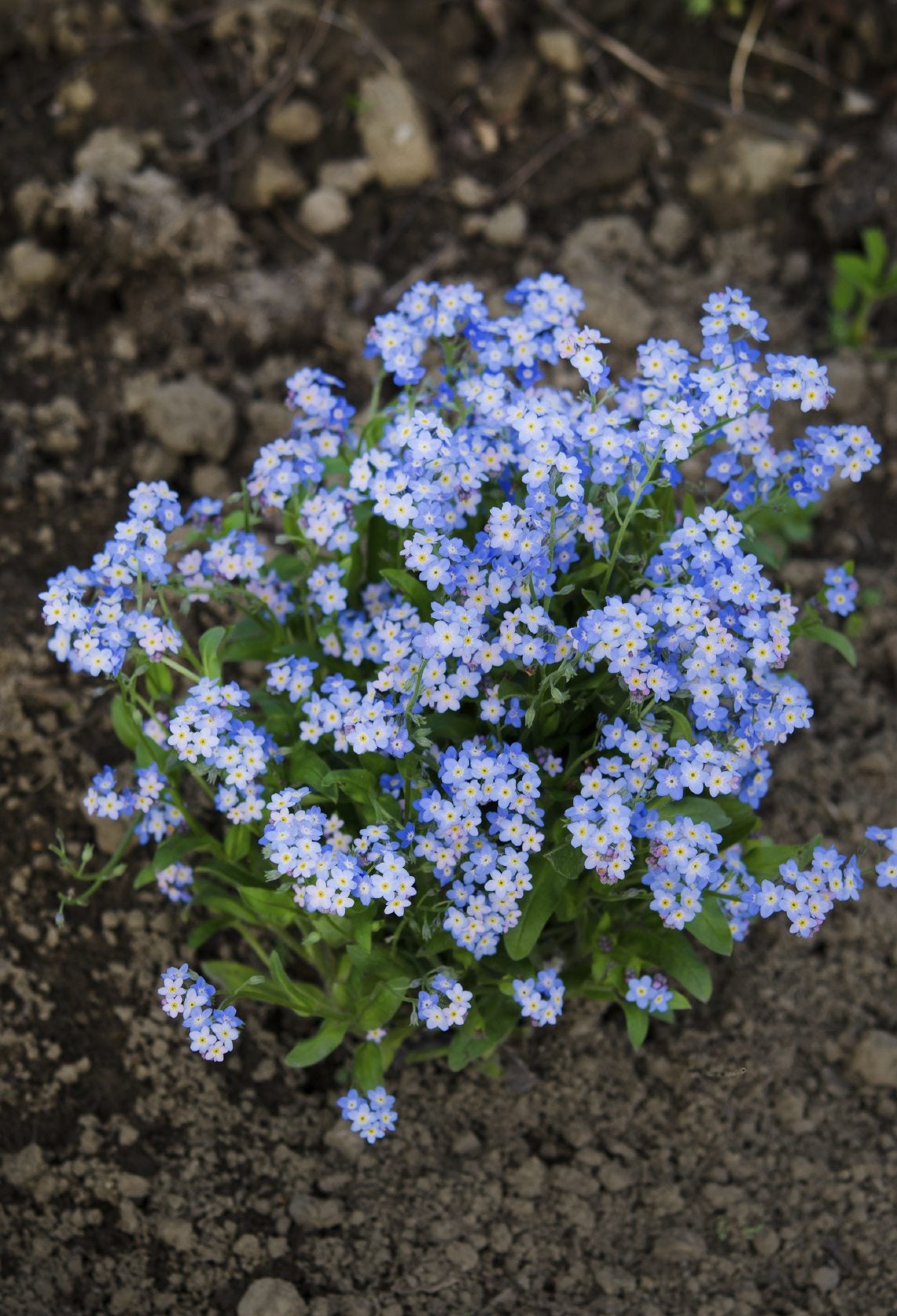 Forget-Me-Not Seed Planting: Best Time To Plant Forget-Me-Not Seeds
Forget-Me-Not Seed Planting: Best Time To Plant Forget-Me-Not SeedsPlanting forget-me-nots from seeds is rarely necessary because they are rampant self-seeders. If you want to introduce the plants to new territory, know when to plant forget-me-nots to ensure success with these easy little plants. This article will help.
By Bonnie L. Grant